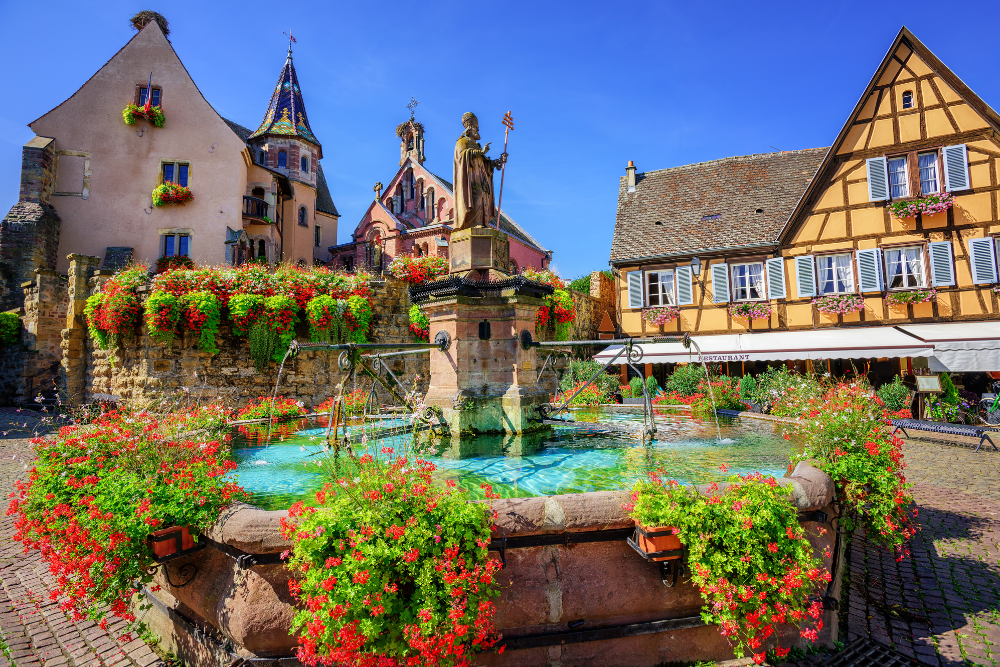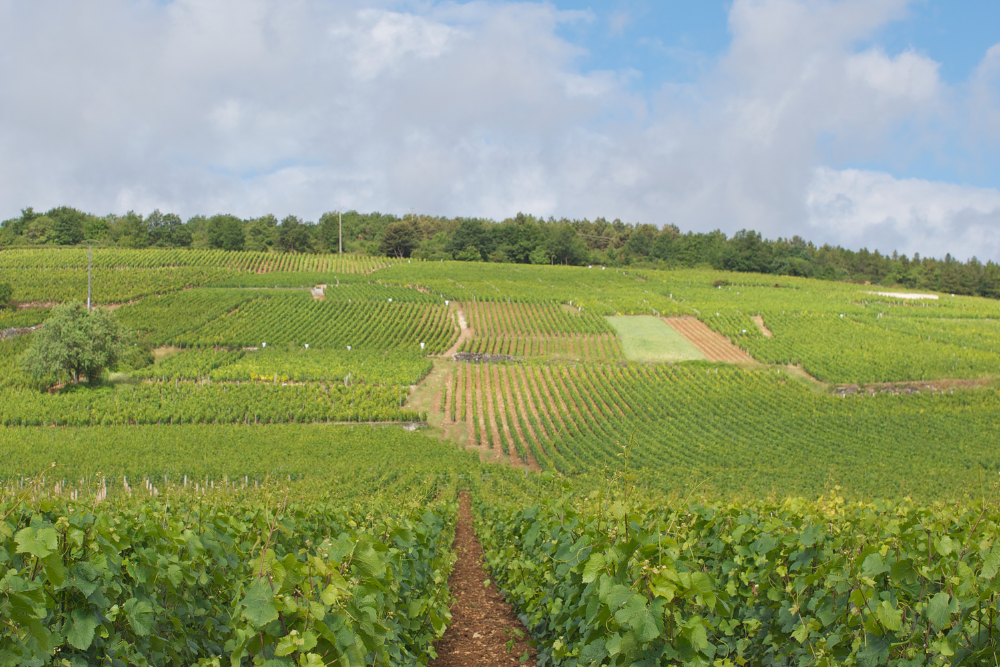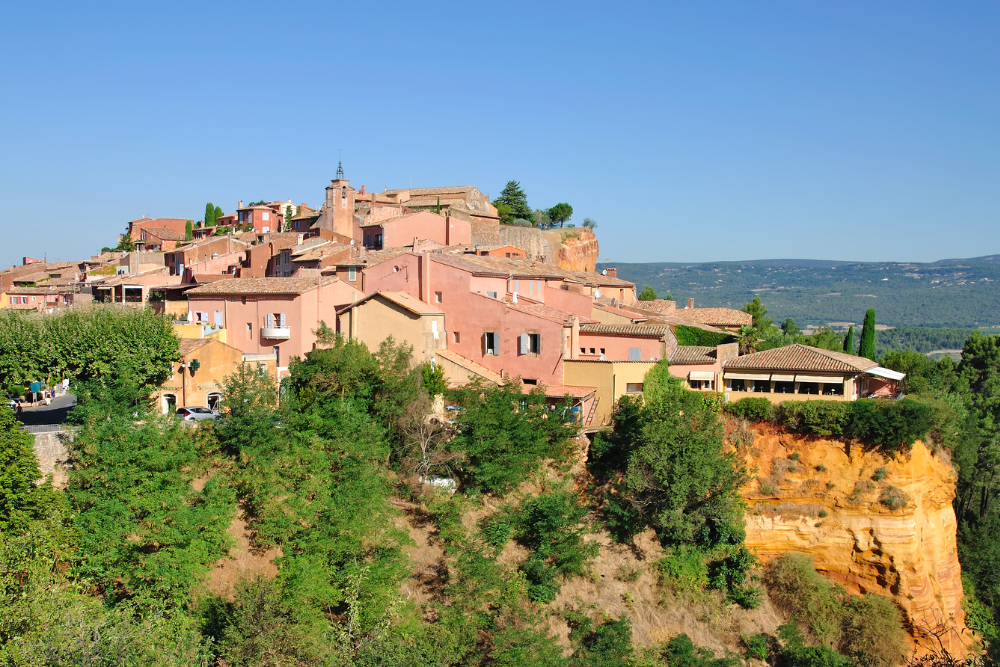France is synonymous with wine. Its diverse wine regions produce some of the world’s most renowned and distinctive wines, from the deep reds of Bordeaux to the sparkling whites of Champagne. Exploring France’s wine regions is an experience like no other, but to truly appreciate what they have to offer, it’s essential to do it like a local. From understanding the nuances of each region to uncovering hidden gems, here’s how to explore France’s wine regions like a local.
1. Embrace the Slow Travel Approach
Take Your Time
One of the best ways to explore France’s wine regions like a local is to embrace the French concept of “slow travel.” Rather than rushing through, take the time to immerse yourself in the surroundings and savor the experience. Spend multiple days in each region to truly get to know the vineyards, the winemakers, and the culture.
Use Local Transport
While renting a car is a convenient way to explore wine regions, consider using local transport options like trains or bicycles. Many regions offer scenic train routes that take you through rolling vineyards and quaint villages, offering a more relaxed and authentic experience. In places like Burgundy or the Loire Valley, cycling through vineyards is also a fantastic way to connect with the landscape.
2. Learn the Regional Specialties
Bordeaux
Bordeaux is one of the world’s most famous wine regions, known for its powerful reds made primarily from Merlot, Cabernet Sauvignon, and Cabernet Franc. As a local, you’ll want to visit not just the big-name wineries but also the smaller, family-owned domaines, where you can learn about the region’s history and winemaking methods. Bordeaux also produces sweet white wines, particularly from the Sauternes appellation, which pairs beautifully with local foie gras.
Champagne
Visiting the Champagne region is an unforgettable experience. While the famous houses like Moët & Chandon and Veuve Clicquot offer grand tours, locals often recommend exploring the smaller, boutique champagne producers, especially in the Montagne de Reims and Côte des Blancs. The focus in Champagne isn’t just on tasting the iconic bubbles but also on understanding the unique terroir and craftsmanship behind each bottle.
Burgundy
Known for its Pinot Noir and Chardonnay, Burgundy is a wine lover’s paradise. As a local, you’d focus on the Côte d’Or, where the world’s best Pinot Noir is grown. Be sure to visit the small, family-run estates in Beaune, and don’t miss the Clos de Vougeot, a historic vineyard with a fascinating story. Burgundy is also known for its wine-centric cuisine—pair a glass of wine with a delicious Boeuf Bourguignon or Escargots de Bourgogne to really feel like a local.
Provence
Provence is renowned for its rosé wines, which dominate the region’s vineyards. In addition to wine tasting, locals recommend exploring the charming villages of Gordes, Roussillon, and Aix-en-Provence. Provence is also famous for its olive oil, so don’t forget to visit an olive grove and taste the region’s freshest offerings, which pair beautifully with the local wines.
Loire Valley
The Loire Valley is one of France’s most diverse wine regions, producing everything from crisp whites to full-bodied reds. Local winemakers in areas like Vouvray, Sancerre, and Saumur are passionate about organic and biodynamic practices. Explore the Châteaux of the Loire region, and enjoy a glass of Sauvignon Blanc from Sancerre while taking in the beauty of the vineyards that stretch alongside the river.
3. Visit Local Markets for Pairing Inspiration
French markets are a fantastic way to experience the flavors of the region and to learn what wines pair well with local delicacies. In wine regions, these markets often feature regional specialties, such as local cheeses, meats, and artisanal products. As you walk through the stalls, ask the vendors for wine pairing suggestions—they’ll often have tips on which wines complement their products.
In Bordeaux, you might find local cheeses like Ossau-Iraty paired with a glass of red. In Provence, local markets will offer olives, tapenade, and goat cheeses that go perfectly with the region’s rosé. These markets are not just for shopping; they are where locals gather to share their love of food and drink.
4. Stay in Wine Country Accommodations
Château Stays
For the ultimate local experience, stay in a château or vineyard accommodation. Many wine estates in regions like Bordeaux, Burgundy, and the Loire Valley offer guest rooms or entire houses to rent. Staying in a wine estate gives you an authentic experience of living amidst the vineyards. You can often join vineyard tours, partake in private wine tastings, and even help with harvests during the right season.
B&Bs and Rural Gîtes
For a more budget-friendly and intimate experience, consider staying in a local bed and breakfast or rural gîte (self-catering holiday home). These types of accommodations are often run by local families who can offer personal recommendations on where to visit, what to taste, and even the best times to experience the harvest.
5. Engage with the Locals
Wine Tastings and Tours
The best way to understand a wine region is by speaking with the winemakers themselves. Many wineries offer private tours where you can sit down with the winemakers and learn about their family history, vineyard practices, and the subtle differences between wines. Unlike commercial tours, these experiences give you the chance to ask questions and really get to know the winemaking process.
If you’re visiting Bordeaux, ask for a tour of a small vineyard in Pessac-Léognan or Saint-Émilion, where the winemakers will explain the difference between a Grand Cru and a more humble blend. In Champagne, book a tour at a smaller Grower Champagne house to see the artisan approach to champagne production.
Local Wine Festivals
Wine festivals are a fantastic way to experience a region’s wines while mingling with locals. For instance, La Fête de la Fleur in Bordeaux celebrates the harvest season, while Les Grands Jours de Bourgogne in Burgundy is a celebration of the region’s exceptional Pinot Noir and Chardonnay. These festivals often feature tastings, food pairings, and even vineyard tours that showcase the best of what each region has to offer.
6. Understand the French Wine Labels
To truly navigate French wine regions like a local, understanding wine labels is key. French wine labeling can seem complicated, but with a bit of knowledge, it becomes easier to understand what you’re drinking. Here are a few key terms to know:
- AOC (Appellation d’Origine Contrôlée): This label indicates that the wine comes from a specific, regulated region. Bordeaux, Burgundy, and Champagne are all famous AOCs.
- Grand Cru and Premier Cru: These terms are often seen in Bordeaux and Burgundy. Grand Cru wines are from the very best vineyards, while Premier Cru is a step below but still exceptional.
- Vin de France: This is the most general classification and indicates that the wine comes from a specific region but is not bound by strict rules like AOCs.
- Biodynamic and Organic: Many regions, especially Burgundy and the Loire Valley, have a growing number of biodynamic and organic wineries. Look for labels indicating these practices if you’re seeking wines made with sustainable methods.
7. Enjoy Wine with the Right Food
Food and wine are an inseparable duo in French culture, and every wine region has its own culinary traditions. In Bordeaux, pair a glass of Cabernet Sauvignon with Entrecôte à la Bordelaise (steak with a rich red wine sauce). In Burgundy, enjoy a Chardonnay with Escargots de Bourgogne (garlic and herb snails), or savor a Pinot Noir with Coq au Vin (chicken braised in red wine).
Provence’s rosé wines are perfect with fresh ratatouille or bouillabaisse (seafood stew). Whether you’re at a local bistro or a gourmet restaurant, always ask the sommelier for the best local pairing to experience the full depth of the region’s flavors.
8. Don’t Forget the Smaller, Lesser-Known Regions
While the big wine regions like Bordeaux, Burgundy, and Champagne often dominate, France is full of lesser-known but equally fascinating wine regions that locals cherish.
- Languedoc-Roussillon: Known for its affordable yet high-quality wines, especially reds like Syrah and Grenache. Explore charming towns like Carcassonne and Narbonne.
- Cahors: This region is home to the Malbec grape, producing rich, dark wines. The vineyards here are picturesque, with dramatic landscapes and medieval towns.
- Alsace: Famous for its Riesling and Pinot Gris, Alsace wines are crisp and refreshing, with a perfect food pairing of local dishes such as choucroute (sauerkraut) and flammekueche (Alsatian pizza).
Conclusion
Exploring France’s wine regions like a local is all about embracing the culture, savoring the moments, and taking the time to truly understand what makes each region unique. From visiting small, family-run wineries to enjoying wine festivals, pairing wine with local cuisine, and engaging with the passionate winemakers themselves, there are countless ways to experience France’s wine regions beyond the usual tourist route. So, whether you’re cycling through the Loire Valley, tasting natural wines in Burgundy, or enjoying the bubbles of Champagne, follow these local tips to have a truly immersive and unforgettable wine journey across France.












